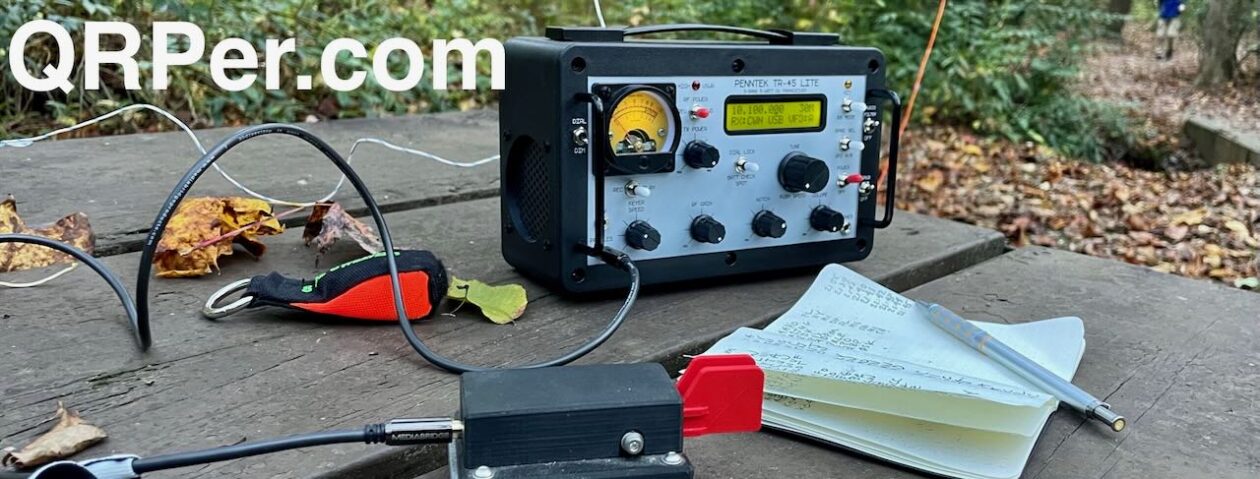by Matt (W6CSN)
Recently, OM Witherspoon (K4SWL) wrote a blog here and shared a POTA activation video in which he described the benefit of changing up your operating location within a large park to keep things fresh or simply to be able to activate within a given schedule.

That got me to thinking about my own “home” park, Presidio of San Francisco US-7889, a large park which is also part of an even larger reference, Golden Gate National Recreation Area (GGNRA) US-0647. Recently my XYL, who is very patient, has been subjected to my complaining about being bored by doing the same activation over and over.

My typical POTA outing is after work, I drive ten minutes down to the East Beach parking area, set up a base-loaded vertical on the roof of my car and plug in the trusty FT-818. Mind you, this is not a bad setup. The location combined with repeatable antenna installation reliably produces contacts and I usually have a complete activation in about 30 minutes.

The XYL’s suggestion was, “hey, why not play radio somewhere else?” and K4SWL’s blog and video were an inspiration as well. So I left the FT-818 in the shack, packed up a QMX kit, and headed for the high bluffs in the Presidio that overlook the Pacific Ocean to the west. I setup on an out of the way granite bench that was part of a World War II memorial to servicemen who perished in the coastal waters of the Pacific.

My plan was to get on 15 meters in the hope of catching some early JA’s or other Pacific rim DX. The vertical antenna deployed easily and though the location was substantially protected from the strong wind gusts, I did stake the tripod down with a pair of tent pegs.

With an SWR of below 2:1 on 21 MHz I set to calling CQ and posted a spot on pota.app advertising that I was in US-0647 GGNRA, even though I was also still in US-7889. Turns out 15 meters was dead, for me at least. Not a single nibble after 15 minutes of calling.

After a QSY to 20 meters, another half hour brought in only four QSOs! This location and radio combo was certainly a nice break from the usual and even though the QSO pace was glacial, it was quite satisfying and refreshing to do something different.

Since the clock read just after 00 UTC there was plenty of opportunity to gather the needed contacts for a complete activation. If necessary I could even come out the next day before 23:59 UTC. But since I had no particular time constraint for the evening, I decamped for East Beach where I was pretty sure I could wrap up the activation in short order.

Even though I was back at my “usual” spot, starting the activation somewhere else was the change I needed to break the routine. Six more QSOs validated the activation in a matter of minutes. I swear being down close to the waters of San Francisco Bay adds at least 3db to my signal. There is a reason I frequent this particular spot.

I feel fortunate to have so many locations within US-0647 and US-7889 that are quite close to home. I plan to take advantage of this diversity of operating spots, knowing that the “East Beach Amplifier” is always available if my QRP is not cutting it.
72 de W6CSN Matt
P.S. I did, in fact, log this activation as a two’fer.


























